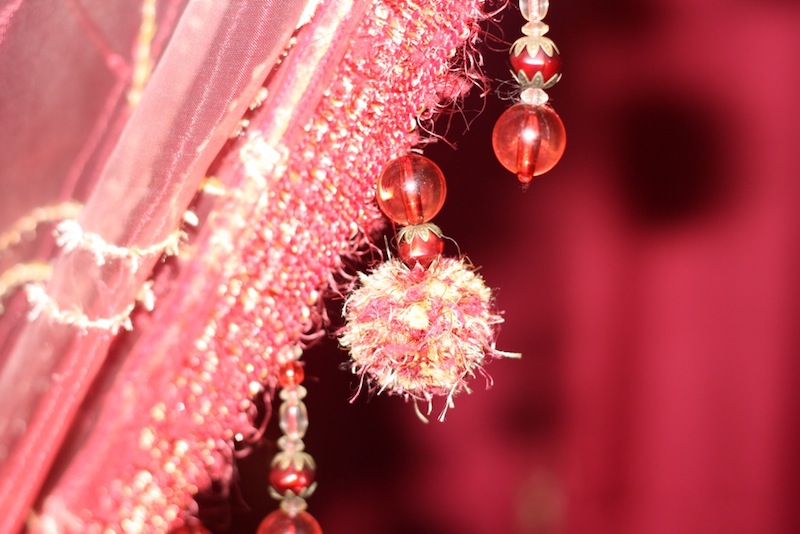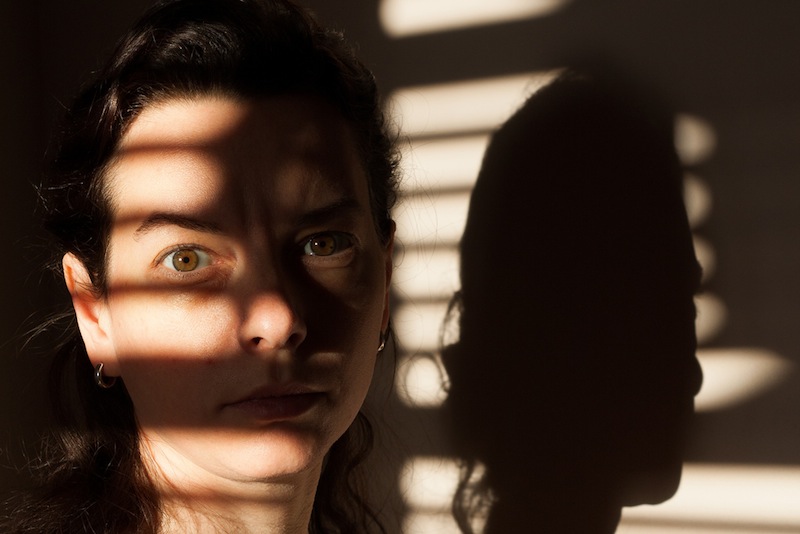Having taken a look at exposure and composition, it's time to turn our attention to light and lighting in our short introduction to photography series. Here, we've broken down some of the terms that you're likely to encounter and given you some examples when it comes to natural light.
Natural, ambient, and artificial
You'll often hear light described as 'natural' or 'artificial'. They're easy to define: natural light is that cast by the sun, the moon (which is of course just sunlight bouncing off an astronomically sized reflector), and the stars. Artificial light is anything from a man-made source, whether that's a candle or a halogen bulb, or specific photography lights. These will include strobes (which plug into a power source), speed lights, which are more portable and run off of batteries, and continuous light sources.
However, you will likely hear the term available or ambient light used, too. This is light from both natural and artificial sources that contributes to illuminating your scene, but you've not necessarily supplied it for the purposes of taking photos. Think sunlight, yes, but also room lighting and street lighting.
Hard and soft
Next come the terms 'hard' and 'soft' light. Whether or not light is hard or soft depends on the size of its source. Hard light comes from a smaller source—a bare bulb or the sun on a cloudless day—and casts harsh shadows. Soft light is cast from large sources, for example the sun diffused through a layer or clouds or the light from a soft box. Its shadows are much softer.
As a general rule, you'll find that people are much better when photographed using soft light sources. If you're confronted with hard lighting—for example the midday sun—you might be best moving into the shade, which will diffuse it, adding some light to counteract the shadows (use fill-flash or a reflector), or trying to soften it, say by using a sheet between the light source and the subject.
Direction
While the chances are that you'll rarely encounter one light source coming from one direction—between multiple sources and reflective surfaces there are a lot of photons bouncing about—it's still useful to have a grasp of directional lighting and what it means for your photos.
Frontal lighting
When light that's coming from roughly behind the camera falls on the subject, that's called frontal lighting. It's great for bringing out the detail in your subjects, for example in product shots or architectural images, but it can be a little flat and two-dimensional.
Side lighting
I'm sorry, there aren't any prizes for guessing the direction from which side lighting originates. Still, it's worth remembering that side lighting is wonderfully versatile, with the potential to come from a huge angle of 'side'. It brings fantastic depth and drama to your photos, and side-lit landscape photos benefit from the light shaping and defining the scene.
Backlighting
If you want to shoot a silhouette, then you'll need backlighting, when the light source comes from behind your subject. The way to nail a silhouette is to expose according to the light in the background while under-exposing the subject and simultaneously focusing on it to keep it sharp.
Rim lighting
Elusive and mysterious, rim lighting places a glorious glowing halo around your subject. It normally occurs when the light source is behind and to one side of your subject. The extent to which the edges will glow is determined by two things: the strength of the light source and the texture of the subject. Any hard-surfaced objects, such as metal or stone, will give off an intense glow. Softer edges, such as hair, give a more diffused effect.
Temperature
Depending on the source of the light, and the time of day if that's the sun, it will vary in temperature. This variation in temperature will have an impact on the colours rendered in your photo. Our eyes, on the other hand, are adept at correcting for the changes in temperature. To prevent odd casts and shades in your photos, be sure to adjust the white balance, either in-camera on in post-production.
Manipulation and modification
Whether you're using artificial lights or natural light, being able to control and manipulate it is to your advantage. One of the cheapest and most versatile pieces of equipment you can own is a reflector. A diffusion panel (which often comes with a reflector) or just a big white sheet, is handy, too. When it comes to using artificial lights, there are umbrellas, snoots, gels, barn doors, all sorts. But that's probably enough for one day.
Composition in a nutshell << I have a shiny new camera! Now what? >> ...










